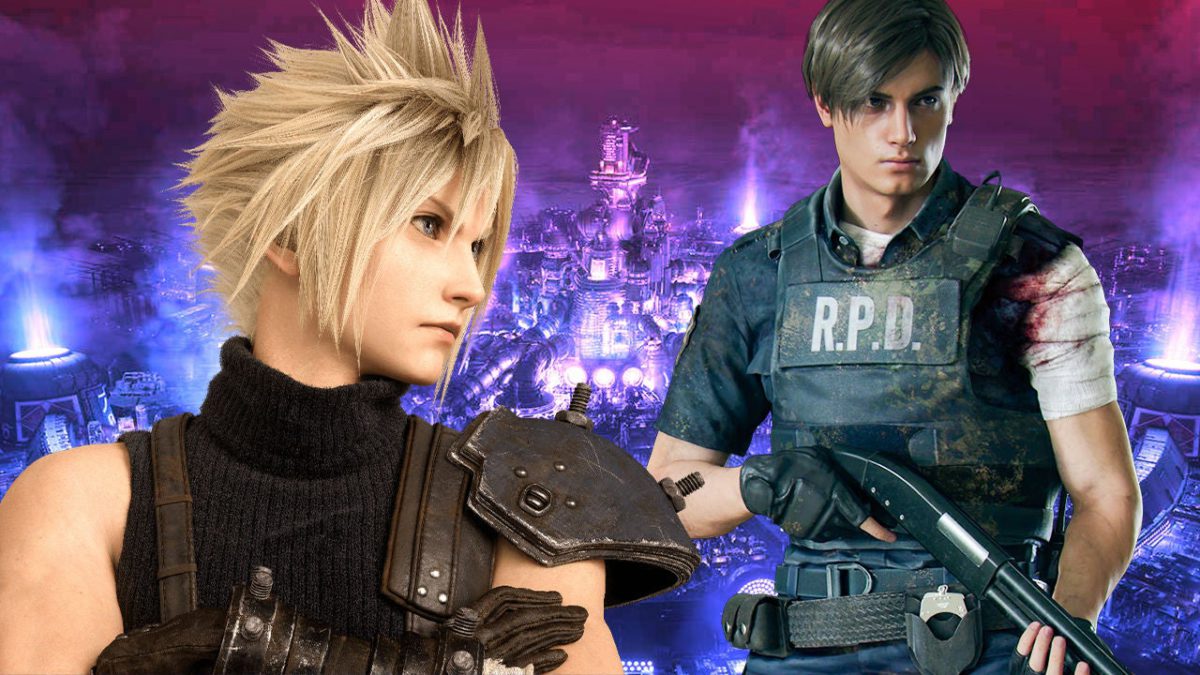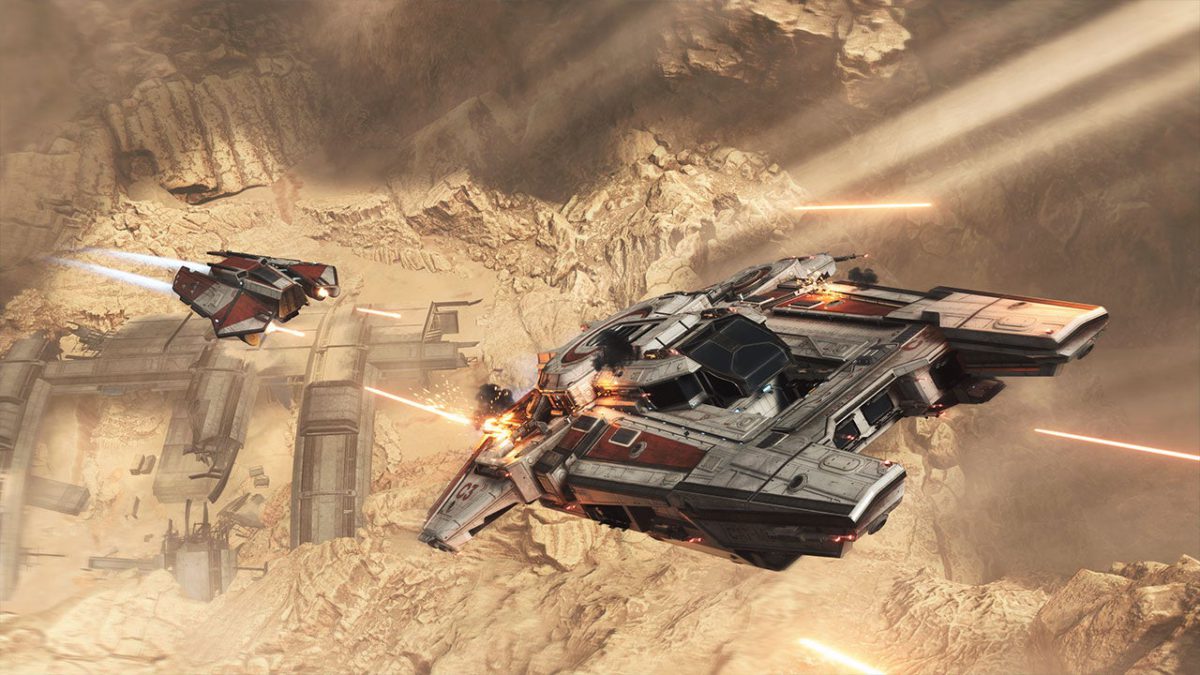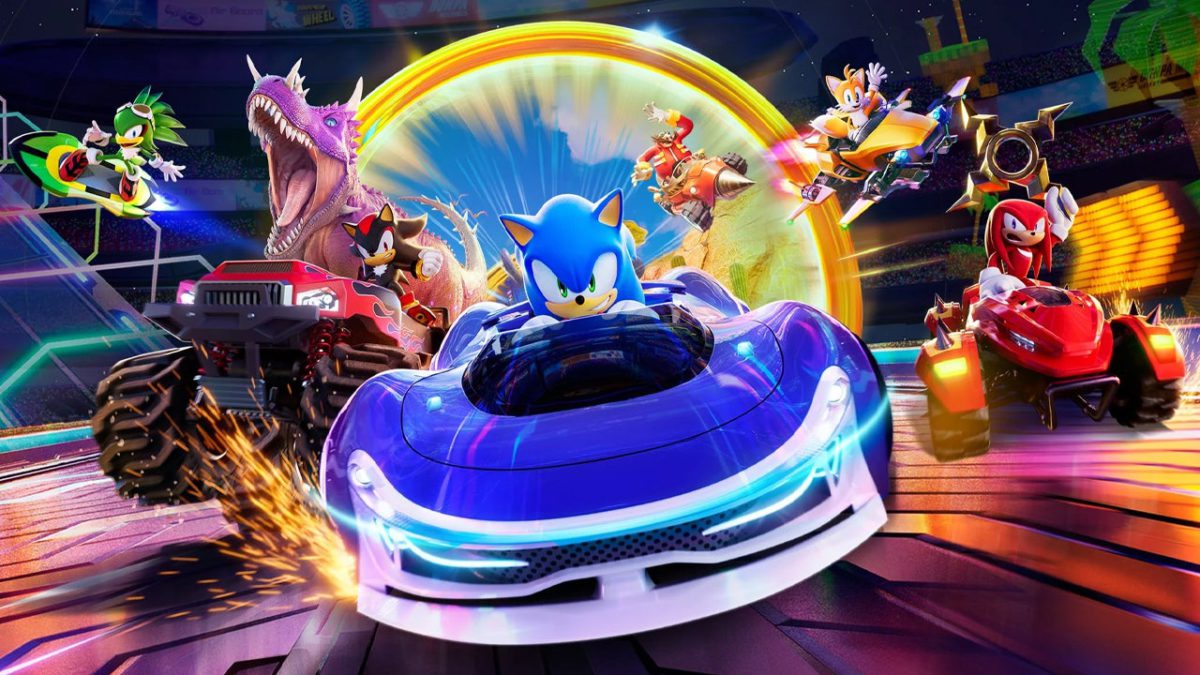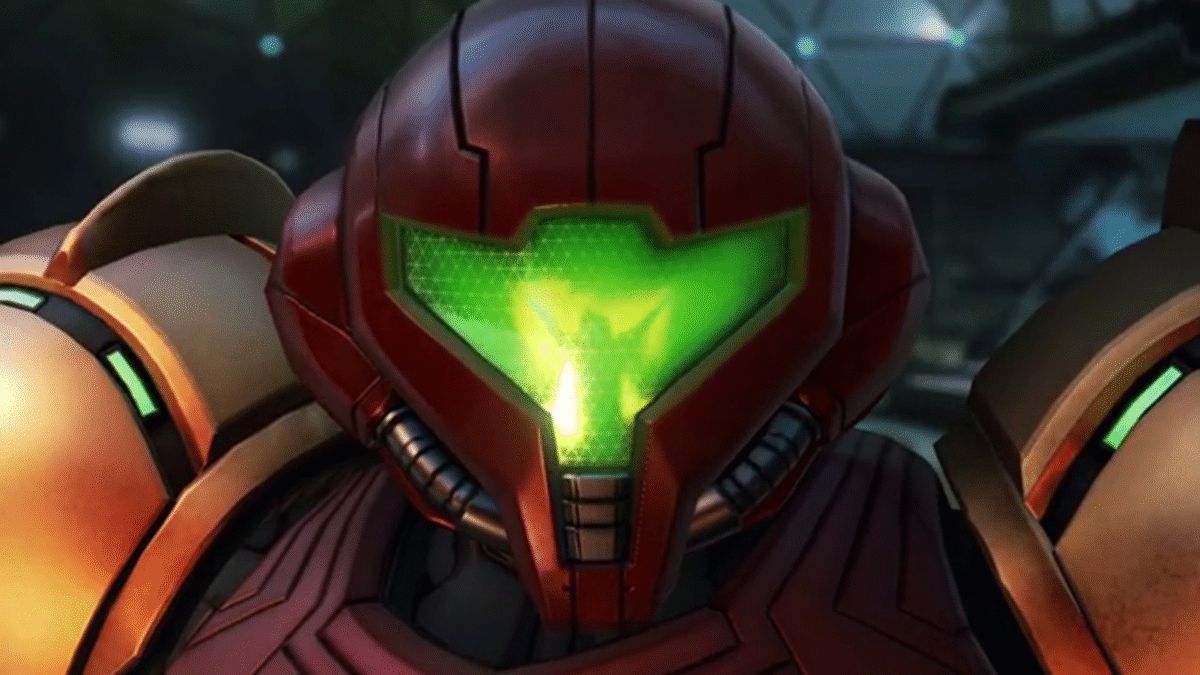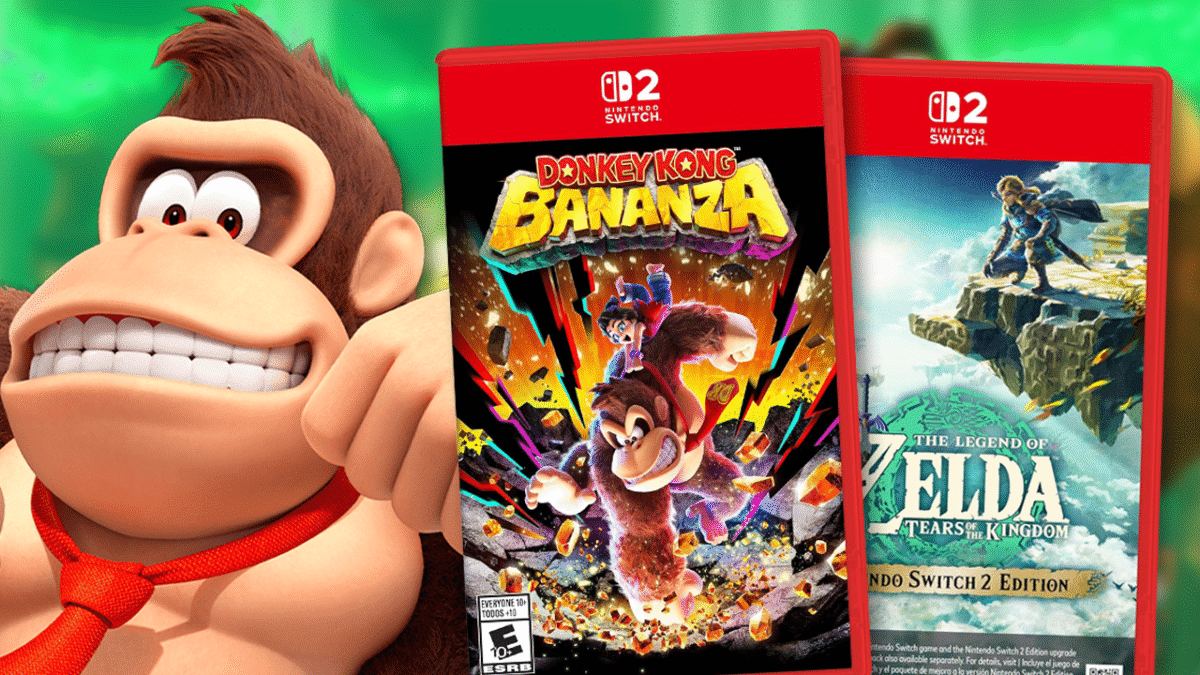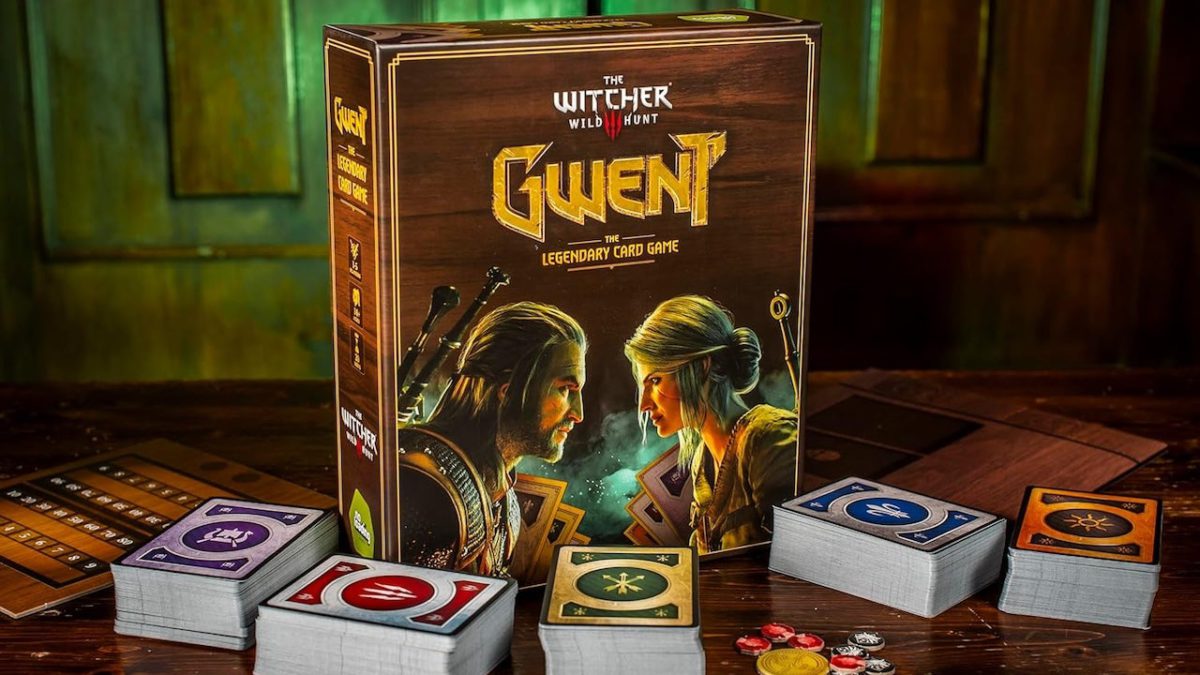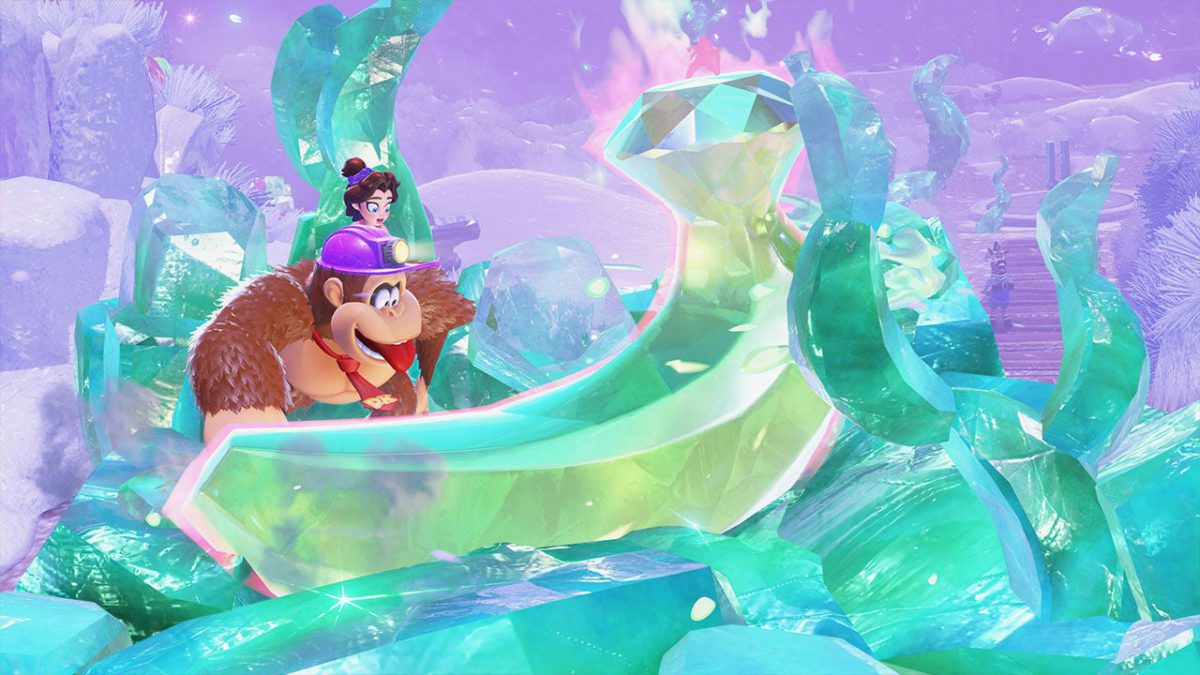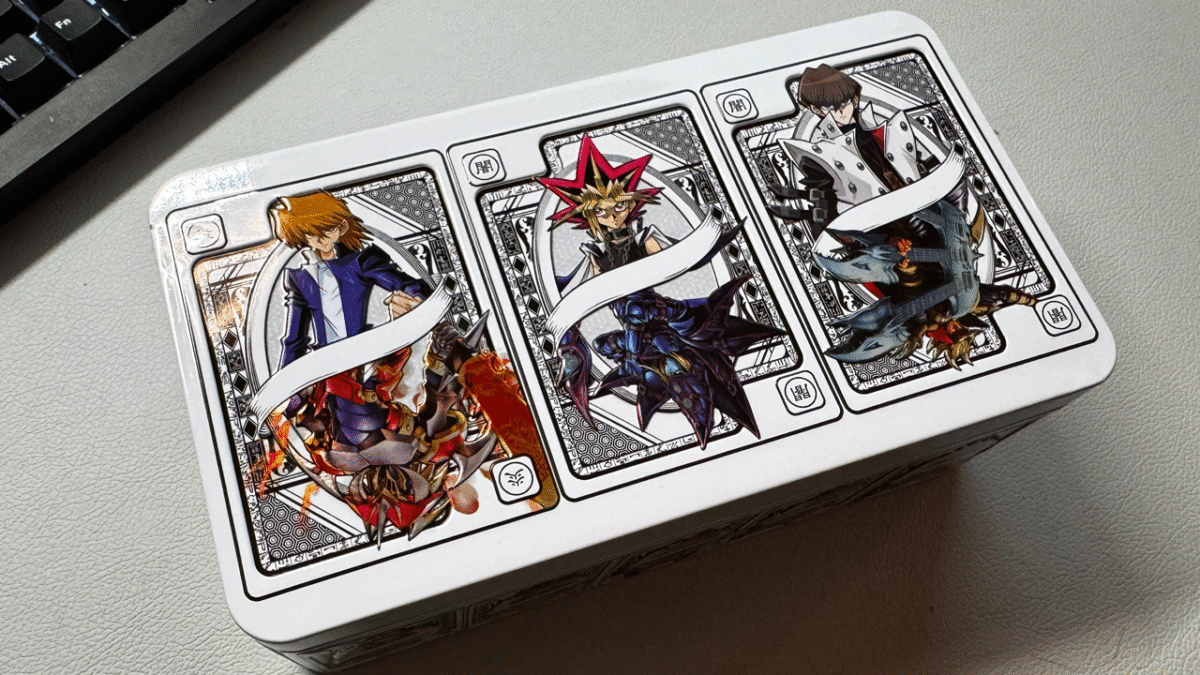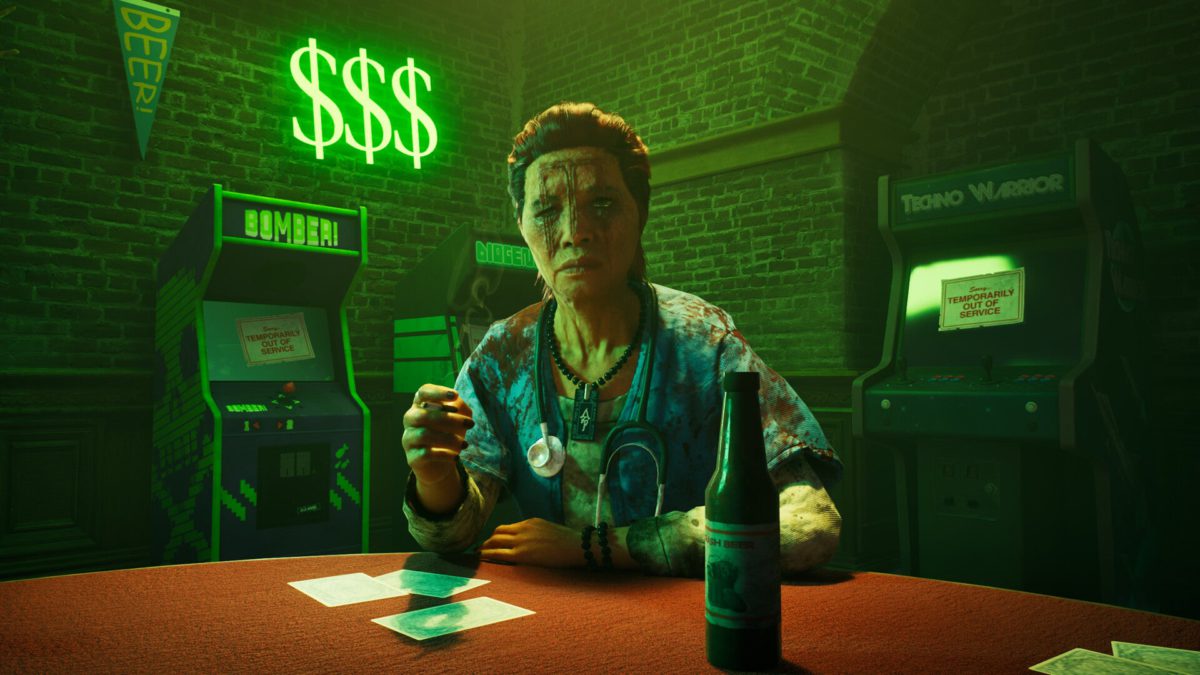
Over the past decade, video game remakes have become more and more prevalent. Most years see at least one major remake attempt to rekindle the nostalgia of old fans and show new players the achievements of days gone by. And while there’s an argument to be had about games being stuck in the past, we can’t deny what a thrill it is to see our favourites of yesteryear given a modern makeover. Remember when Final Fantasy 7’s Cloud was six purple polygons and a yellow spike? Well, he’s a supermodel these days. (The spikes are still there, thankfully.)
But what are the qualities of a good remake? That’s an increasingly difficult question. Once upon a time it was enough for a remake to simply update something with modern graphics. But as the games industry has evolved, so have tastes and gameplay systems, and thus remakes have changed, too. Now a remake can offer a truly new experience to both long-term and new fans, with fresh new takes on decades-old ideas. The very best remakes are carefully-observed balancing acts that find the sweet spot between faithful recreation and exciting new ideas. In some cases, that’s the game exactly as you thought you remembered it, now unshackled from old hardware limitations. In others, its radical recreations that provide an alternate vision of the original’s core idea.
With all that in mind, let’s explore the very best video game remakes. These are the 15 strongest examples of remakes, judged not by their overall quality as games, but by how each project achieved its new, upgraded ambitions and brought new perspectives to old classics.
15. Pokemon HeartGold and SoulSilver
Pokemon Gold and Silver, though only the second in the long-running Pokemon series, are the only entries that allowed you to travel across two different regions and collect 16 badges instead of the standard eight. That meant two “end-game” challenges to conquer, two sets of Legendary Pokemon to collect, 16 different gym leaders to defeat, and more. The enhanced Nintendo DS remakes bring that sprawling journey into full color and utilizes the superior hardware to seamlessly bring improved music, better UI, and WiFi capabilities. With the addition of new content like the National Dex, increasing the total Pokemon from 251 to 493, the grueling battle frontier, and everyone’s favorite, the Pokeathlon mini-games, there is so much more to explore.
More importantly, HeartGold and SoulSilver introduced to the Pokewalker, the original Pokemon Go, which allowed you to take your favorite Pokemon outdoors and gain levels by walking around… or cheat by shaking the Pokewalker. Pokemon HeartGold and SoulSilver added new life to the classic adventure, reimagining the original experience with fun and challenging additions to appeal to both new and returning fans.
14. The Legend of Zelda: Link’s Awakening
Following the mammoth success of Breath of the Wild, Nintendo did a complete 180 for its next The Legend of Zelda project. Rather than the grand and ambitious open world of Hyrule, it looked back to the compact and twisty overworld of 1993’s Link’s Awakening. The 2019 version of this Game Boy classic is near enough a beat-for-beat remake, just reimagined with a delightfully cute toy town aesthetic. This faithful approach means that the distant memory of one of Link’s earliest adventures is fully restored, now elegantly elevated thanks to its seamless map and more easily-navigated dungeons. A number of quality-of-life improvements are the cherry on top, including the ability to mark important discoveries on the map, and doors that remain open after being unlocked (seriously, you wouldn’t believe how frustrating that one was back in the ‘90s.) This Switch remaster does unsuccessfully try something new with the lacklustre build-your-own Chamber Dungeons system, but everything it recreates it does so with an enchanting touch.
13. Live A Live
Plenty of wonderful games are deserving of remakes, but none perhaps needed one as much as Live A Live, the 1994 Square Enix RPG that preceded Chrono Trigger and laid the groundwork for not only that game, but numerous beloved classics that followed. Live A Live’s unique structure, following seven characters from different eras through distinct vignettes, was groundbreaking both back in the day and once again in the 2022 remake, to say nothing of the ways in which it ultimately threads its themes and overarching narrative through its separate parts.
The 2022 remake gave Live A Live a desperately-needed makeover in gorgeous HD2D and reorchestrated its fantastic soundtrack, all while keeping its wonderful story intact with its first-ever localization outside of Japan. In a final flourish, Live A Live’s remake adds a small but massively impactful piece of new content in its final hours that throws its ending into a hopeful new light, and makes its emotional conclusion all the more powerful.
12. Metal Gear Solid Delta: Snake Eater
The philosophy behind many remakes is unlocking ambitions that were once hindered by technological limitations. Metal Gear Solid Delta: Snake Eater makes the interesting decision to embrace those limitations – its sprawling Soviet jungle remains divided by load screens, the scope of its playspaces defined by the limits of the original PlayStation 2 hardware. You’ll see the term “faithful remake” used a lot through this list, but none are as faithful as MGS Delta – this is a PS2 game in PS5 clothing.
But what a PS2 game it is. Arguably the pinnacle of Hideo Kojima’s career, what was once a groundbreaking stealth game is now an enduring classic, thanks to its playful approach to Cold War espionage and its dramatic, cinematic story. Snake Eater has been iterated upon many times across the years, and MGS Delta collects together years of improvements and enhances them all with incredibly glossy modern graphics and an updated control system that finally turns Snake into the nimble operator he was always meant to be. This may not be a revolutionary remake, but it does a solid job of preserving perfection for a brand new generation.
11. Black Mesa
There are a number of remakes on this list that were developed by studios that didn’t create the original game, but there is only one that was developed by fans of the original. Black Mesa is a complete remake of Valve’s Half-Life, created by enthusiasts and officially supported by the original developer. And you can easily see why it won that support: this is a truly phenomenal rebuild of one of the most important first-person shooters of all time. It captures the distinctly creepy atmosphere and excellent combat that made Half-Life such a pioneer, while also augmenting almost every level with something new, be that a reimagined combat encounter or a Half-Life 2-style physics puzzle.
But it’s the final missions that really make Black Mesa a vital part of the Half-Life story. The original game’s final arc, set on the world of Xen, is infamously a bit of an under-developed slog. Black Mesa completely redesigns that final stretch, eliminating the tedium and injecting a sense of creative, alien wonder. And while it’s true that Black Mesa took so long to create that, by the time of its release, it already looked dated, that’s only true if you consider it from a purely technical standpoint. Take one look at Xen, or the eerie abandoned corridors of the titular facility itself, and there’s no denying that Black Mesa is an artistic triumph.
10. Final Fantasy 7 Remake
It may literally be in the title, but Final Fantasy 7 Remake is more than just a remake. It’s also a reimagining of the 1997 JRPG classic, a reinterpretation of its achievements, and – somehow – also a sequel to the game it recreates. Oh, and it also only covers around the first 30% of the original story, which has been transformed from a brief journey through the city of Midgar into a massive, 30+ hour adventure. This approach certainly isn’t for everyone, but you can’t deny the ambition of this lavish project.
This first chapter of the three-part Final Fantasy 7 remake is a stunningly gorgeous RPG that gives new life to some of gaming’s most memorable characters and settings. With all that extra time, it successfully expands upon the story and weaves in new plot threads, such as robust backstories for members of the Avalanche team, more believable relationships between protagonist Cloud and his new buddies, and a better sense of life in the Sector 7 slums. On top of all that, it also completely revamps the combat system, creating a brand new, action-heavy, real-time system that feels both exhilaratingly new and highly evocative of the original game’s turn-based battles. FF7 Remake’s approach is exemplary, and makes many other games on this list feel more like remasters than remakes.
9. Shadow of the Colossus
Shadow of the Colossus was a landmark achievement when it hit the PS2 in 2005. Developer Team ICO built a lonely, desolate, deeply affecting world using hardware that could barely render its vision. While the game itself undeniably stands the test of time, it’s clear to see that technical performance and visual clarity held back the studio’s incredible ambition.
Fast-forward 13 years and Bluepoint Games crafted an incredibly faithful remake, focused on overcoming those technical limitations so that the soul of the project could achieve its true ambitions. With a much steadier framerate, gorgeous graphics, and a commitment to keeping the events, systems, and mechanics of the original intact, Bluepoint absolutely hit it out of the park. It was such an achievement, in fact, that it won the studio the chance to remake Demon’s Souls, as well as laid the groundwork for its acquisition by PlayStation.
8. Demon’s Souls
After reaching the heights of Dark Souls 3 and Bloodborne, it was hard not to see 2009’s Demon’s Souls as the ageing, hollowed precursor to FromSoftware’s mighty success story. But it was undeniable that a fantastic, paradigm-shifting game remained, and Bluepoint Games’ 2020 remake of Demon’s Souls was a project dedicated to making those qualities shine again. It completely stripped away the technical shortcomings that held the PS3 version back, while adding several subtle quality of life upgrades that succeeded in modernizing the game to the point where if you’d never played the original, you could very likely be fooled into thinking that this was the latest entry in the Souls series as opposed to the very first one.
While Bluepoint managed to stay completely respectful to the original vision in many ways (it is, for the most part, the exact same game just with modern, photo-realistic graphics and refreshed animations,) the alterations made to the art style and design of some locations wasn’t fully embraced by some fans of the original. Nevertheless, Demon’s Souls helped elevate what was already one of the best games of the PS3 era and bring it to a whole new, post-Dark Souls audience.
7. Metroid: Zero Mission
The original Metroid was a groundbreaking NES game back in 1986, but when looked at through a modern lens, it’s hard to argue that it holds up. Fortunately, Metroid: Zero Mission exists. Developed 18 years later, rather than opting for a 100% faithful remake with a couple of modernization tweaks, Metroid: Zero Mission is instead a game rebuilt from the ground up using the original Metroid as a blueprint for its story and level design. By allowing itself to explore beyond the boundaries of the source material, Nintendo was able to draw new inspirations from the more modern 2D Metroids, like Super Metroid and Metroid Fusion.
Zero Mission is now over 20 years old, and so the idea that it’s a “modern” version of Metroid is something of a bygone era. However, it remains an expertly crafted reinterpretation of one of Nintendo’s best ever games, and is both young and strong enough that it still holds up to this day – not only as one of the best Metroid games, but also one of the best remakes.
6. Resident Evil 4
Capcom has become somewhat synonymous with the idea of remakes, having now rebuilt no less than four of its Resident Evil games. Among them is the legendary Resident Evil 4 – Leon S. Kennedy’s action-packed descent into the Las Plagas-infected Spanish countryside. Of all the games Capcom has reinvented, Resi 4 was the one least in need of a refresh, but despite that, the RE4 remake is an astonishing feat that helps elevate an all-time classic.
Purist fans may have been annoyed by the erasure of the original’s more eccentric ideas, but they have been replaced by an altogether darker, more horrifying tone that syncs Resident Evil 4 with Capcom’s other recent remakes. It also benefits from snappier, more energetic combat, complete with an excellent knife parry that makes fighting both the Armadura enemies and the Krauser boss battle much more intense. Perhaps most importantly, it vastly improves Ashley, both in terms of her depiction and the mechanics around protecting her, eliminating any sense that Resident Evil 4 is an annoying, multi-hour escort quest. Combine all that with an incredibly handsome graphical makeover and you’ve made a masterpiece feel even more essential.
5. Persona 3 Reload
Fans of the Persona series are no strangers to new versions of the beloved Atlus RPGs arriving soon after their initial release – Persona 4 Golden and Persona 5 Royal both added significant social link, story, and dungeon additions, for example. But in terms of a full-on remake, Persona 3 Reload is the first to have undergone a complete overhaul. Reload took the game’s foundational bullets and rechambered them into a much more stylish weapon — one that borrowed the best-in-class UI and menu systems of Persona 5 and rebuilt its colorful high-school surroundings and spooky shadow realm from the ground up.
Perhaps its most exciting addition is the way Reload tweaks Persona 3’s battle system. Informed by the series entries that came after it, combat is a much more enticing prospect, thanks to the introduction of new skills, the ability to directly control each party member and shift between them baton pass-style, and the brand-new Theurgy system that allows for Personas to perform devastating Ultimate attacks. All of these changes, among others, breathed new, exciting life into an already treasured RPG, meaning Reload is now the definitive way to Persona 3.
4. Silent Hill 2
Team Silent’s original Silent Hill 2 is rightfully considered one of the most affecting survival horror games of all time, and Bloober Team’s 2024 remake does nothing to diminish that. While the PS2 original has an incomparable, unsettling atmosphere thanks to its technological limitations, the remake uses modern graphical and sound techniques to generate a complimentary oppressive tone. As you explore the strange, abandoned town of Silent Hill, you can’t help but let the dread creep in.
Bloober’s creation is incredibly faithful to the original game, following the same plot beats and exploring the same environments, but its new over-the-shoulder camera both pulls you deeper into its terrifying world and makes combatting the town’s grotesque inhabitants more intuitive. Those combat enhancements can really be felt in the boss battles, which are now reinvented as terrifying engagements rather than repeating the attritional slogs they once were. But really it’s the modern presentation of this bleak story that really makes Silent Hill 2 a vital remake: actor Luke Roberts breathes fresh new life into protagonist James Sunderland, providing a deeply troubled, nuanced performance that anchors this tale in inescapable grief and guilt.
3. Resident Evil
When it comes to faithful remakes that largely stick to the core design established in the original and focus instead on bringing everything else up to modern standards, there aren’t many games better than the original Resident Evil remake. The “REmake” adheres to everything that was intrinsic to the original, from the pre-rendered backgrounds, to the tank controls, to the limited inventory that forces you to make tough decisions on what to keep and what to toss. All these may be incredibly familiar for those who were there back in 1996, but they’re polished up to beautiful new standards. It may have old ideas, but it plays fantastically… which is impressive, considering this remake is already much older than the original game was when it was made.
But Resident Evil isn’t just a shinier version of its source material. It also adds several entirely new features that change up the experience and give it its own identity. Whether it’s the terrifying addition of dead enemies resurrecting as powerful Crimson Heads (unless you have the foresight and resources to burn the corpses) or the brand-new plot thread involving the horrifying Lisa Trevor, Resident Evil’s remake shines because not only is it a faithful remake that brings a PSOne classic into a modern light, but also because of the ways that it separates itself from that classic to become something even better.
2. Final Fantasy 7 Rebirth
After having successfully pulled off a radical re-imagining with the first game in the trilogy, Square Enix faced a more daunting challenge with the second chapter of its Final Fantasy 7 remake project. It needed to recreate the most expansive section of the original game, redesign a huge variety of locations (including a whole theme park), add a number of new characters, and re-stage one of the most important emotional beats in RPG history. As with its predecessor, not all of these ambitions are met equally, but Final Fantasy 7 Rebirth is nonetheless an incredible, transformative achievement.
The most immediately impressive factor of Rebirth is its scope. While it doesn’t totally leave Remake’s linear structure behind, much of Rebirth takes place in sizable open hub worlds. While there is a touch of the Ubisoft box-ticking about them, they’re elevated by a smart approach to exploration that introduces a brand new gimmick with every zone, from buggies to planes to Chocobos that can climb walls and glide across chasms. It’s a smart reinvention of the original game’s freely-explored-but-ultimately-empty overworld. But it’s the continuation of Remake’s story and emotional core that makes Rebirth so strong – these modern interpretations of the core trio of Cloud, Tifa, and Aerith are among Square’s strongest-ever characters, and their journey here – which feels more authentic to the original than Remake’s more expansive efforts – is unforgettable. Oh, and that overhauled combat system? It’s even better here – perhaps the best Final Fantasy has ever had.
1. Resident Evil 2
Resident Evil 2‘s remake took what the original did so well – its labyrinthian level design, its disgusting enemies, its omnipresent sense of dread – and molded it into a horror game designed for modern audiences. The Raccoon City police station is cleverly reworked and expanded upon, enemies are faster, deadlier, and more unpredictable, and gorgeous lighting casts shadows over nasties waiting to grab you unawares. And, of course, the static camera angles and tank controls are traded in for third-person, over-the-shoulder shooting, which truly transports the PS1 classic into the modern era.
Perhaps Resident Evil 2’s biggest achievement, though, is the way Capcom has played with the original’s most iconic encounters. When you think you’ve got a terrifying moment figured out, Capcom twists it ever so slightly, removing any certainty as you slowly make your way through its carefully curated collection of memories. This is a remake designed to both terrify you in today’s horror landscape and scratch that nostalgic itch, and miraculously achieves both right until its breathless end. And even though multiple other Resident Evil remakes have arrived since, this remains the ultimate gold standard for video game remakes.
And that’s our pick of the 15 best video game remakes. Did your favourite make our list? Did we rank your best pick a little too low? Let us know in the comments.

